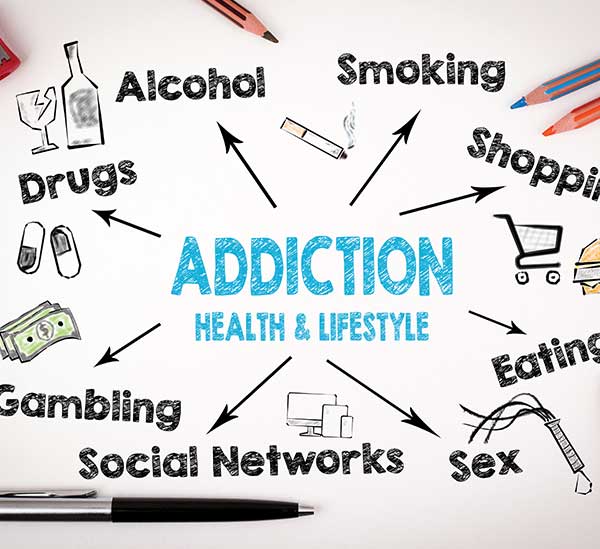It’s important to note that while neurotransmitter imbalances, including low dopamine levels, are associated with addiction, addiction is a complex condition influenced by a combination of genetic, environmental, and psychological factors. Additionally, the relationship between neurotransmitters and behaviour is bidirectional, meaning that addictive behaviours themselves can influence neurotransmitter function. Professional assessment and individualized treatment plans are crucial for addressing addiction and related issues.










